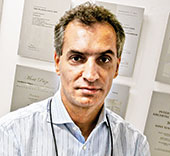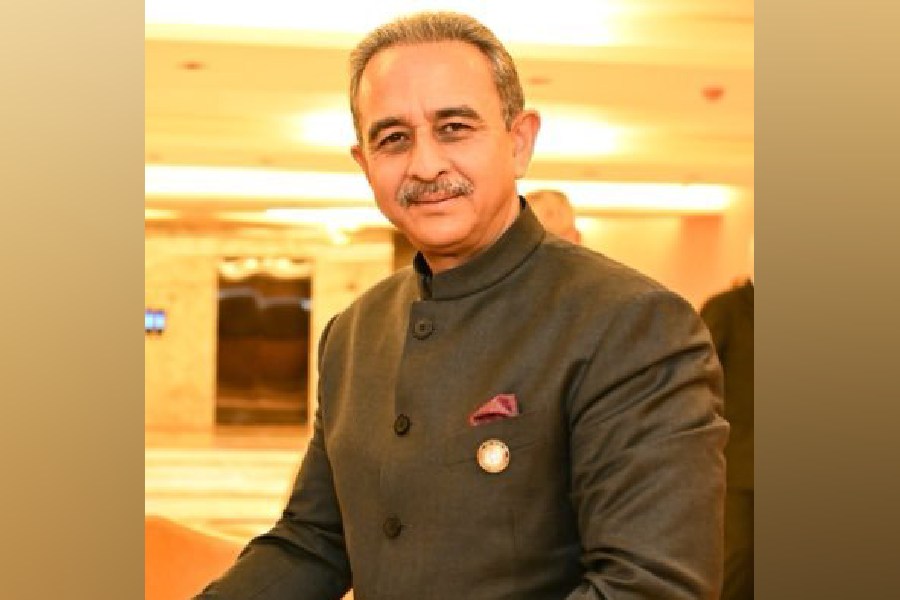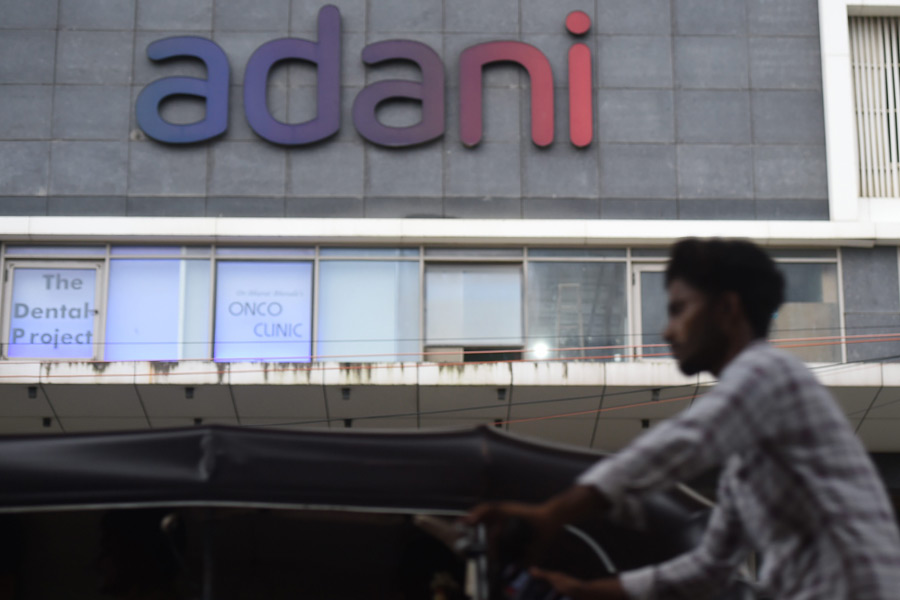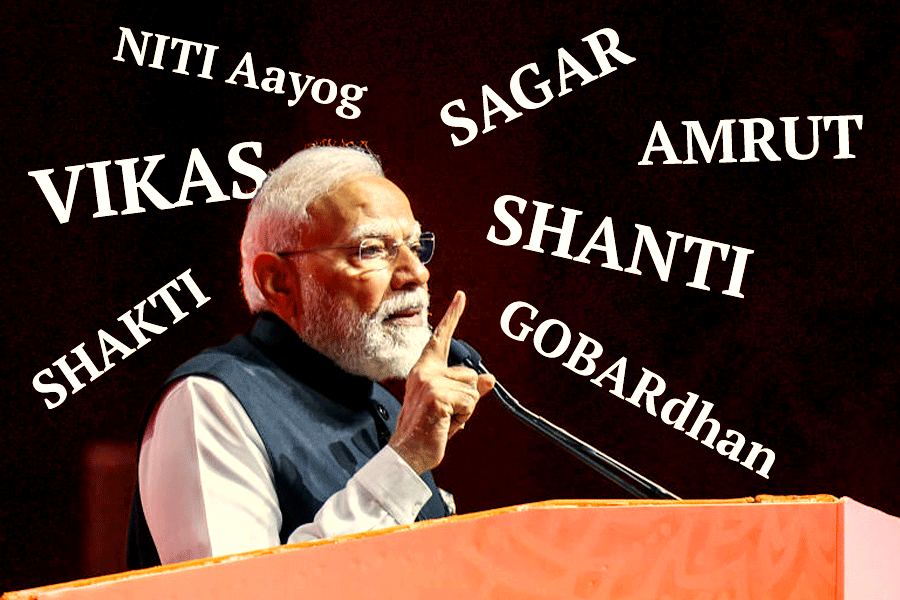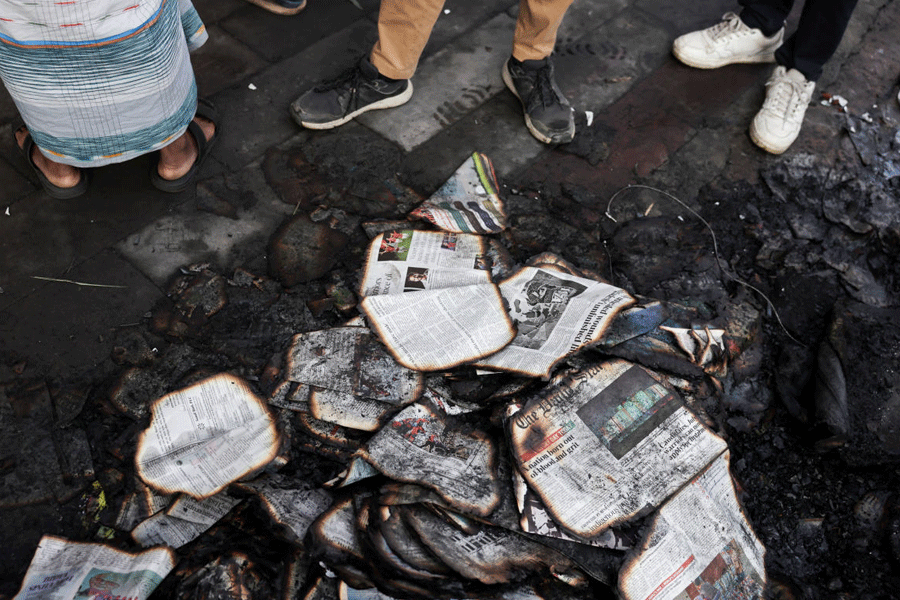 |
Hossein Rezai-Jorabi, the director of the Singapore-based design consulting firm, Web Structure, speaks to Sambit Saha about the impact of earthquakes on structures. Rezai-Jorabi worked on Atmosphere, a residential “structural marvel” coming up on the EM Bypass.
Q: Can we really build a structure that can withstand the strongest tremor recorded in human history?
A: Yes we can. We definitely have the technical knowledge, engineering skills and computational tools to ensure that our buildings can withstand the test of the strongest tremors recorded in human history. We only have to go back to the most recent earthquake (8.9 on the Richter scale) and tsunami in Fukushima in Japan. All the fatalities were from the tsunami, and not from the actual tremors.
 |
| A school in Sikkim’s Chungthang that has been damaged by the quake on Sunday. (AFP) |
Q: What kind of damage can a structure suffer from a quake?
A: The 3D’s eloquently explain the possible effects of quakes — Death, Damage and Downtime. All structures must be designed and constructed in a way that there will be no death resulting from an earthquake, no matter what the intensity.
Certain buildings may accept a level of limited damage arising from heavy tremors. The damage, however, must not be beyond repair. In addition to repairable damage, we can in fact design our structures in a way that there will be no “downtime” on the use of the structures after an earthquake.
In this category, earthquakes are treated as the transient winds blowing through our buildings without leaving any lasting effect.
Q: How can one mitigate the effect of a quake?
A: With proper design, detailing, specification and construction, we can ensure that adverse effects of quakes on our structures are mitigated and reduced to negligible levels. Buildings must be properly researched, sites comprehensively studied and design parameters set for each and every structure.
In this way, “tailor-made” solutions, systems and details are created for every building. There is no excuse for any long-lasting damage to our buildings or fatality from earthquakes in the 21st century.
Q: How has building technology evolved over the years?
A: Firstly, materials technology has helped a lot. Traditionally we have wanted stronger materials.
Strength, however, has tended to come with higher density and weight, which have undesirable effects on the performance of a building during an earthquake.
Development of materials with higher strength and lower density is an area that has attracted a lot of research work and it continues to be a work in progress. Secondly, enhancement of our computational capabilities through faster and more powerful processors has also helped us more realistically model and simulate the effects earthquakes might have on our structures.
And thirdly, our understanding of structural behaviour and of the nature of earthquakes have increased tremendously in recent years as more data on previous quakes and the performance of our structures have become available.
Q: You had subjected the design of Atmosphere to a cocktail of quakes through computer simulation. Can you briefly describe how such a test works?
A: We did a detailed study on seven past earthquakes, six in India and one in California. These were subsequently narrowed down to two Indian quakes and the one in California.
The significance of these earthquakes are that, when collectively considered, these represent a spectrum of the types of quakes that have happened or are likely to happen.
Considerations for selecting these three earthquakes cover characteristics such as intensity, depth, duration and the resulting ground accelerations which could have damaging effects on structures.
As for the scale and depth of epicentre, our studies definitely have covered more severe earthquakes than the one that struck on Sunday. An earthquake in California, for example, can shed valuable light on our knowledge of how a structure in Calcutta might perform.
The Indian earthquakes applied to the structure of Atmosphere were far more intense than the Sikkim quake. These include the Bhuj earthquake of 2001 and Uttarkashi quake of 1991. The quakes of Bhuj and Uttarkashi were of higher magnitudes than the one in Sikkim. Besides, the Bhuj quake lasted two minutes.
Q: Calcutta, being in Seismic Zone 3, faces moderate risk. Do you think buildings should be designed beyond the Zone 3 specifications?
A: Category 3 is more than adequate. I do not see the need for enhancing this. We just need to design and detail our structures for the effects of Zone 3 of the Indian seismic code. The actual design and details would need to go beyond the requirements contained in the Indian seismic code, and get amplified with other international codes such as the Universal Building Code or the most recent International Building Code.
Q: How does cost go up for implementing these designs?
A: It varies from project to project, region to region. I can estimate the cost of seismic provisions in a structure to withstand Zone 3 quakes could be about 30 per cent higher than a similar structure designed for a non-seismic region.

